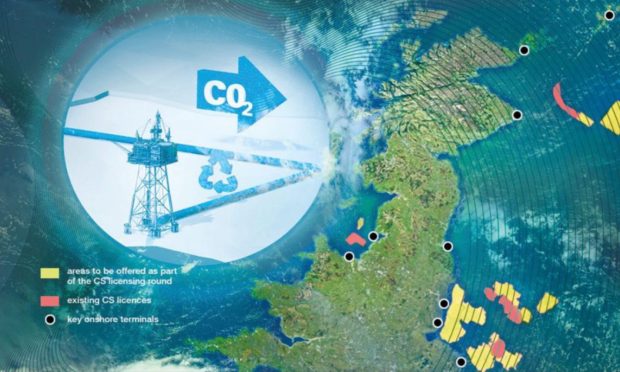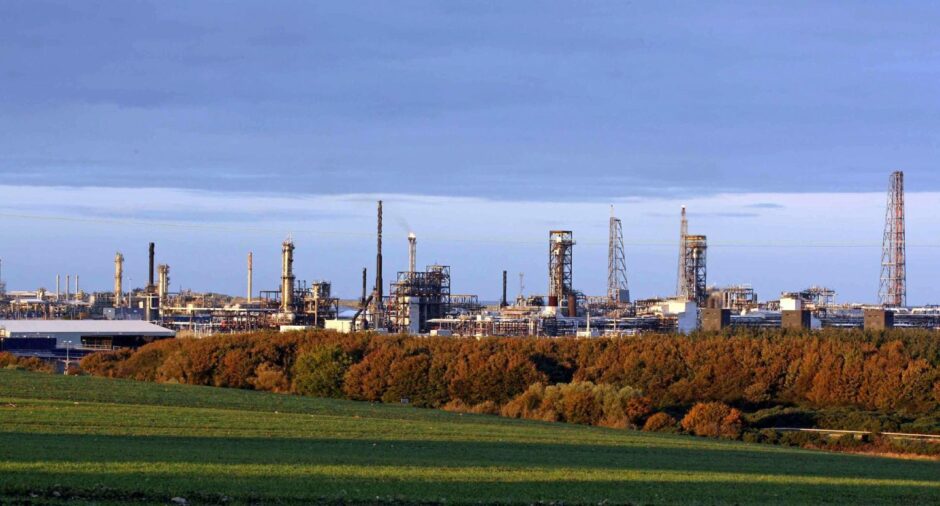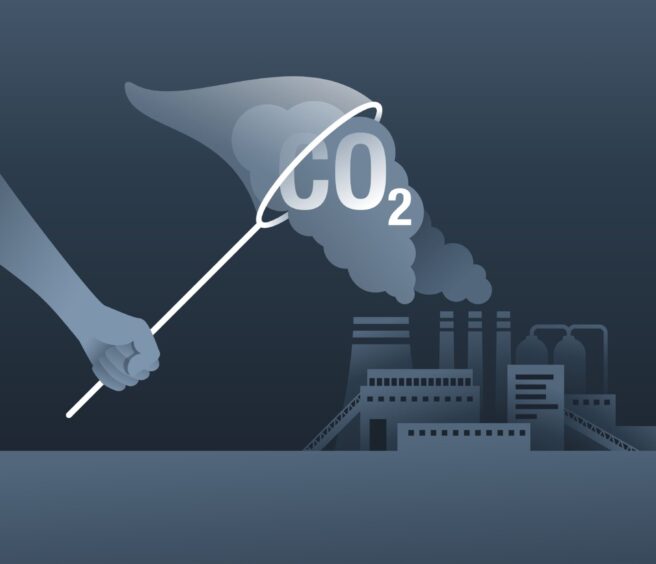The North Sea Transition Authority (NSTA) has mooted plans for a new industry levy to help fund its oversight of the carbon capture and storage (CCS) sector.
As part of a consultation launched today, the Aberdeen-based offshore regulator is seeking views on “potential principles, design and timing of a possible future levy”.
The charge may be introduced to help NSTA’s management of the UK’s carbon dioxide stores.
NSTA insisted the call remains an “early evidence-gathering exercise” at this stage.
It said the consultation was needed to help inform its thinking around how the industry could move towards a “user pays” model for the services it provides in the long term.
And it suggested these services should be funded by the industry when it is on “a more established and self-sustaining footing”.
CCS fee may mirror petroleum levy
The result could mirror the petroleum levy, which is paid by the oil and gas sector and used to fund the management of exploration and production licences and asset stewardship, with additional fees charged for specific services.
Explaining the approach, the consultation paper notes the amount of work undertaken by NSTA in carbon storage has increased.
The UK Government agency is now responsible for 27 licences held by industry. Further preparations to train staff to assess carbon storage permit applications are in progress.
NSTA had oversight this year of Britain’s first storage licensing round, in which 21 CCS permits were dished out to 14 firms.
The regulator said that as many as 100 storage sites may be needed to meet the requirements for reaching net-zero.
Its consultation document added: “NSTA does charge fees for some aspects of this work – such as processing applications for licences and permits – but such fees can only cover the direct costs of providing those services.
“Wider costs, including some of those around stewardship activity, guidance and process development, policy and regulatory co-ordination, are not covered by those fees, but are instead predominantly funded by government.”
Several options for levy design are being considered.
These range from a single rate for all storage licences, to different levels depending on the category of licence holder.
Other options include a combined single levy for petroleum and carbon storage licences, or a charge based on the acreage or amount of carbon dioxide stored.
The department is seeking input on all of these approaches.
Its timeline for enacting any policy depends on “careful analysis” and factors including how well established UK CCS policy and regulatory frameworks become, or how well developed the wider industry is.
The call for evidence will remain open until January 26 2024.



Conversation